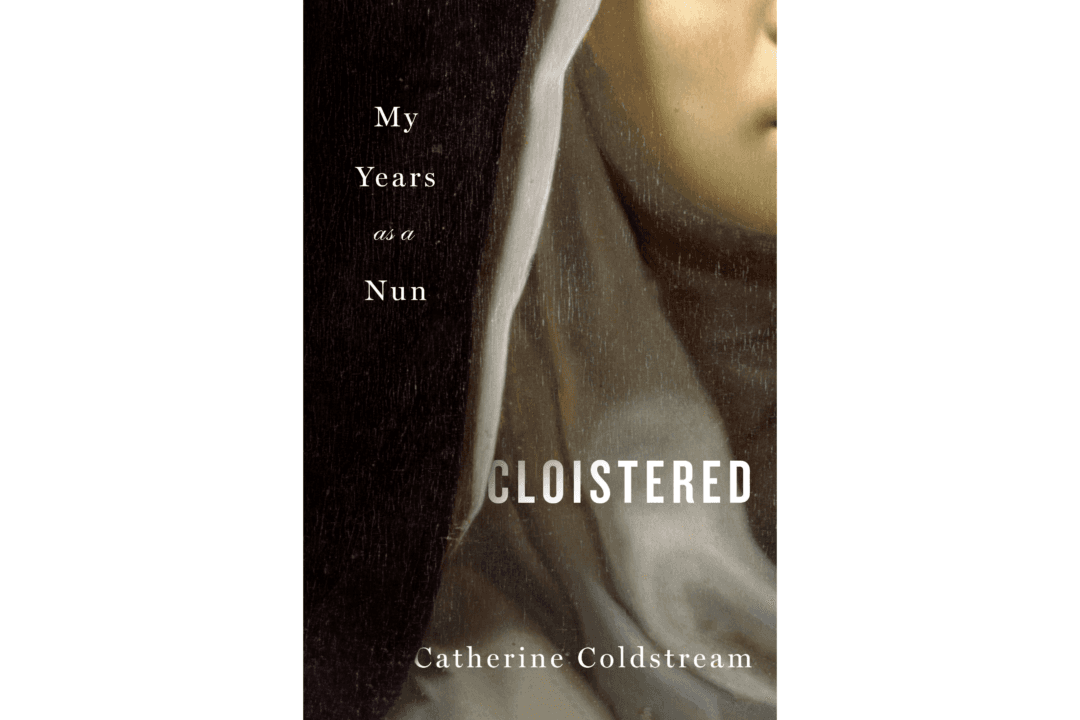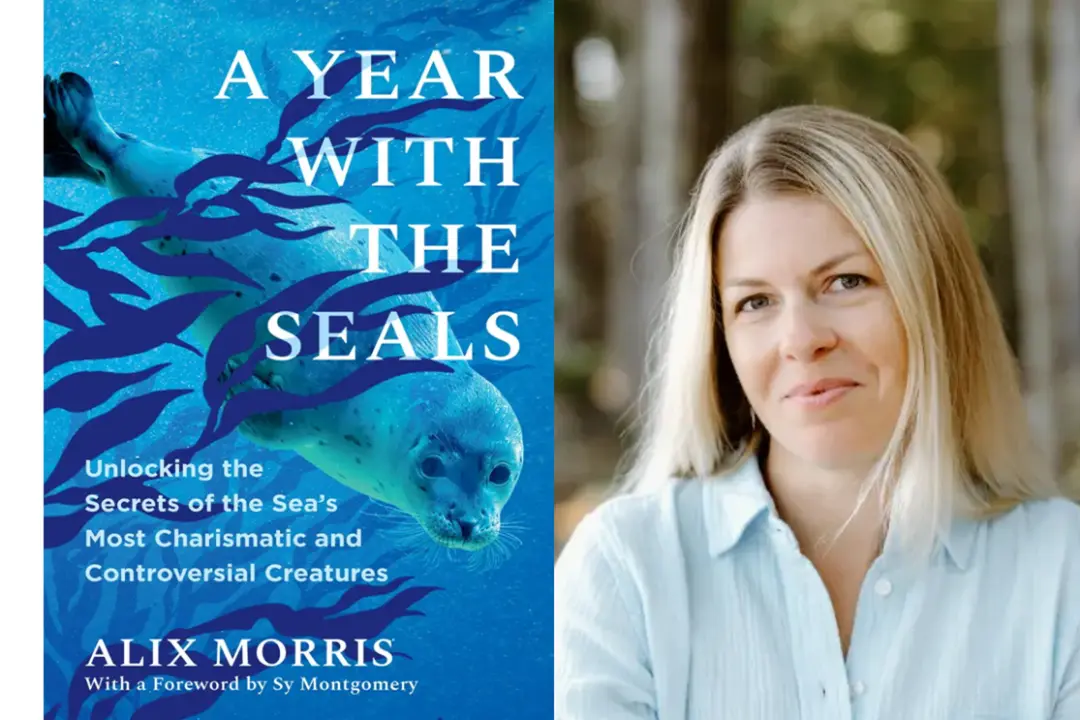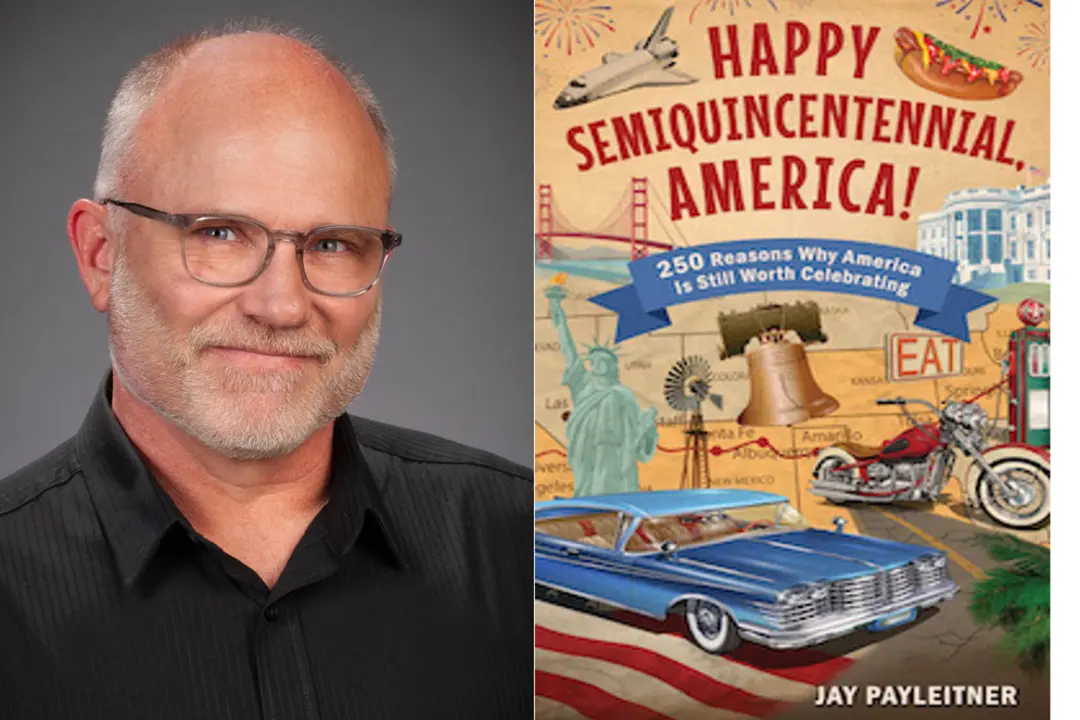Catherine Coldstream’s decade-long stay in a monastery is a deeply personal journey from a chaotic childhood to a place of calm and contemplation. It’s also a suspenseful story about the inner workings of a silent religious order where members bully one another, exhibit pettiness, and play political games. At times, it felt “cult-like,” Coldstream said.
The author’s prose takes on a quiet beauty in her descriptions of the sparse and plain monastic life. She described her room, or “cell,” as it was called, as “pale, dusky luminescence.” Though this religious home was lonely due to the daily solitude required, it was also “lovely,” she writes. “[T]here was a palpable cushion of love around you, one that came from prayer.”





